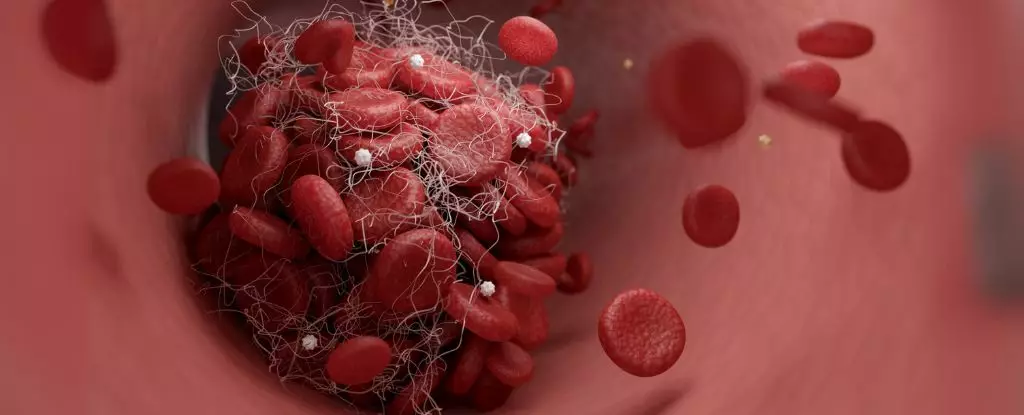Stroke can strike without warning, leaving profound physical and emotional repercussions for survivors and their families. As a former nurse in neurocritical care, I’ve pressed against the stark realities of this condition, witnessing how swiftly life can change. Yet, what’s startling is the consistent lack of awareness surrounding stroke risk factors, particularly among younger demographics. Stroke isn’t just a silent enemy lurking in the shadows of older age—it’s a burgeoning crisis that increasingly affects individuals under the age of 55 as well.
Globally, stroke holds its grim place as a leading cause of mortality and lifelong disability. Contrary to common belief, it is not merely a condition of the elderly; it’s a phenomenon that demands our immediate attention. The rise of lifestyle-associated risk factors among younger populations, including obesity and hypertension, suggests that society must start recognizing the dual nature of stroke prevention—an urgent public health concern intertwined with individual responsibility.
Decoding the Risk Factors: Biological and Lifestyle Influences
Understanding stroke risk requires delving into a multitude of factors; some are biological and beyond our control, while others are a reflection of our daily choices. Age, sex, and genetic predispositions certainly play a role, with women facing unique risks. For example, certain hormonal influences during pregnancy or the use of birth control pills can amplify the risk of stroke in women, particularly those who smoke. Moreover, inherited conditions related to vascular health, such as cerebral aneurysms, can predispose individuals to hemorrhagic strokes.
However, what is most alarming is the series of lifestyle choices that fuel these risks. High blood pressure, high cholesterol, smoking, obesity, and poor dietary habits are rampant, especially in lower socioeconomic groups who often encounter barriers to accessing quality healthcare. This systemic imbalance not only perpetuates cycles of health inequity but emphasizes the need for targeted public health initiatives to bridge this gap. For instance, educational programs designed to elevate understanding of stroke risks in underprivileged communities could save lives.
Your Health, Your Choices: Actions to Reduce Stroke Risk
While the biological factors may feel daunting, the good news is that there are tangible steps everyone can take to minimize their risk of stroke. Here are eight actionable strategies:
1. Quit Smoking: The correlation between smoking and stroke isn’t just statistical—it’s physical. Smoking inflicts damage on blood vessels, increases blood pressure, and makes blood more prone to clotting. Quitting can drastically reduce stroke risk, benefiting not only the individual but also fostering healthier communities overall.
2. Manage Blood Pressure: Regular monitoring of blood pressure is crucial. Awareness leads to better management and early intervention. The mantra here is simple; knowledge truly is power.
3. Regulate Cholesterol Levels: High cholesterol, particularly when paired with hypertension, dramatically increases stroke risk. Healthy eating, staying active, and maintaining a balanced diet can help keep this in check.
4. Keep Blood Sugar in Check: For individuals who grapple with high blood sugar levels, lifestyle modifications can significantly reduce their risk of stroke. Including regular exercise and a diet rich in fiber are pivotal actions.
5. Embrace a Healthy Weight: Obesity and overweight conditions are unequivocal risk factors for stroke. Maintaining an optimal weight not only reduces stroke risk but also contributes to overall heart and brain health.
6. Adopt the Mediterranean Diet: Emphasizing fruits, vegetables, whole grains, and healthy fats like those found in olive oil has been linked to reduced stroke risk. This dietary shift can have benefits that reach beyond stroke prevention.
7. Prioritize Quality Sleep: The sneaky connection between sleep patterns and stroke risk is often overlooked. Both under-sleeping and oversleeping can be detrimental. Striving for a balanced sleep routine is crucial.
8. Stay Physically Active: A sedentary lifestyle is a silent killer. The NHS recommends at least 150 minutes of moderate-intensity activity weekly to keep the body engaged and the risk of stroke at bay.
Ultimately, although challenging, stroke is largely preventable. It is crucial for individuals, communities, and healthcare systems to focus on empowering choices that can significantly reduce the risks associated with this condition. By taking charge of our health behaviors, particularly concerning lifestyle choices, we can collectively bend the curve on stroke incidence and enhance the quality of life for all.


Leave a Reply